Derek W. G. Sears0521836034, 9780521836036
Table of contents :
Cover……Page 1
Half-title……Page 3
Series-title……Page 4
Title……Page 5
Copyright……Page 6
Contents……Page 7
Figures……Page 9
Tables……Page 11
Preface……Page 13
1.1 Rocks from the sky……Page 15
1.3 The instruments……Page 18
1.4 The space age……Page 24
1.5 The great expeditions……Page 25
1.6 Cosmic sediments……Page 26
2.1.1 The difficulties……Page 35
2.1.2 Orbital mechanics……Page 38
2.1.3 Spectroscopic classes of asteroids……Page 39
2.1.4 Evidence for meteorite parent bodies……Page 46
2.1.5 Numbers of meteorite parent bodies……Page 48
2.1.7 Thermal models and the history and structure of meteorite parent bodies……Page 49
2.2.1 The geology of asteroids……Page 54
2.2.2 Craters……Page 57
2.2.3 Physical and chemical processes accompanying surface working……Page 58
2.2.4 Regolith depth……Page 59
2.2.5 Amount of melt produced on impact……Page 61
3.1.1 Chondrite classes……Page 63
3.1.2 Bulk compositional trends within the chondrite groups……Page 64
3.1.4 Oxygen isotope differences between the classes……Page 72
3.2.1 Accretion, agglomeration, brecciation, and final assembly……Page 74
3.2.2 Metamorphism and aqueous alteration……Page 75
3.2.3 Long-lived radionuclides……Page 78
3.2.4 Short-lived radionuclides……Page 81
3.2.6 Presolar grains……Page 83
3.3 The challenge……Page 84
4.1 The diversity of chondrules……Page 87
4.2.3 Kieffer–King scheme……Page 89
4.2.7 Scott–Taylor–Jones schemes……Page 91
4.2.8 Sears et al. scheme……Page 93
4.3.1 Bulk compositions of chondrules……Page 94
4.3.2 Laboratory experiments and chondrule compositions……Page 96
4.3.3 Chondrules as open or closed systems……Page 102
4.4.1 Laboratory experiments and the textures of chondrules……Page 104
4.4.2 Temperatures, cooling rates, crystallization history, and relic grains……Page 106
4.4.3 Metamorphism and aqueous alteration of chondrules……Page 107
4.5.1 General comments……Page 108
4.5.3 Carbonaceous chondrites……Page 111
4.6.1 Oxygen……Page 112
4.6.2 Silicon, iron, potassium, boron, and hydrogen……Page 115
4.7.1 Xenon……Page 117
4.7.2 Aluminum……Page 118
4.8 Interclass comparisons……Page 119
4.9 Refractory inclusions……Page 120
4.10 Relationship between chondrules and refractory inclusions……Page 121
4.11 “Chondrules” from other planetary bodies……Page 123
5.1 Some general comments……Page 125
5.2.1 Solar activity……Page 126
5.2.2 Direct condensation……Page 128
5.2.3 Lightning……Page 129
5.2.4 Magnetic fields……Page 130
5.2.6 Impact within the Jovian protoplanet……Page 131
5.2.8 Aerodynamic drag heating……Page 132
5.3.1 General comments……Page 133
5.3.2 Volcanism and volcanism-related processes for chondrule formation……Page 134
5.3.3 Impact onto a parent body……Page 136
6.1.1 Physical conditions in the early nebula……Page 139
6.1.2 Chemical processes in the early nebula……Page 141
6.2.1 Some background……Page 143
6.2.2 Chondrule density in the Solar System……Page 145
6.2.4 The existence of compound chondrules……Page 147
6.2.6 The “complementary” composition of components……Page 148
6.2.8 Charged particle tracks……Page 149
6.3.1 Impact velocities were not too low to make melts……Page 151
6.3.3 Chondrule (and other component) sorting could have occurred on the meteorite parent body……Page 152
6.3.4 There are lunar chondrules on the Moon’s surface……Page 154
7.1.1 Primary processes……Page 155
7.1.3 Ballistic processes……Page 156
7.2.1 Mechanisms involving differences in crystal growth……Page 157
7.2.4 Mechanisms involving aerodynamics……Page 159
7.2.5 Condensation and settling……Page 160
7.3 Metal–silicate fractionation on the parent body……Page 161
8.1 Chondrules and chondrite classes as impact pyroclastics……Page 165
8.2.1 The precursor material……Page 168
8.2.2 The carbonaceous chondrites……Page 169
8.2.4 The enstatite chondrites……Page 171
8.3 So far, so near……Page 172
8.4 Why the impasse?……Page 173
8.5 Breaking the log jam?……Page 174
References……Page 177
Index……Page 213
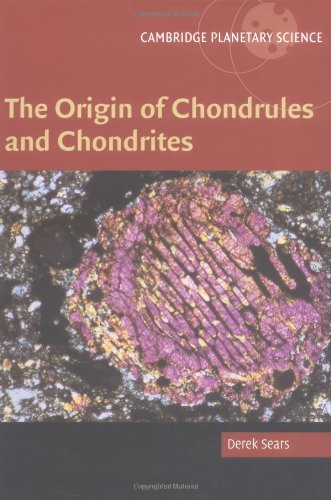
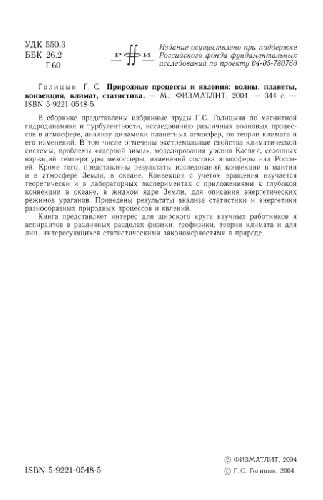
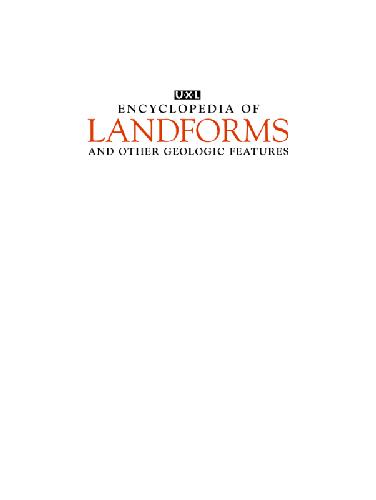
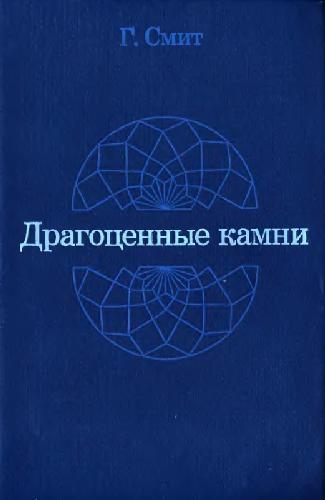
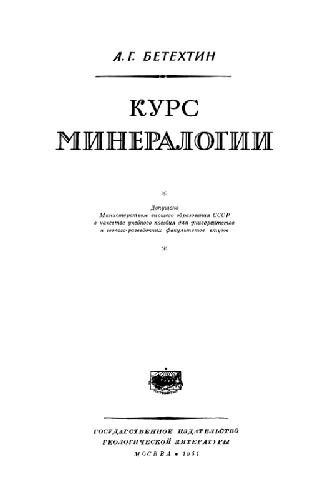

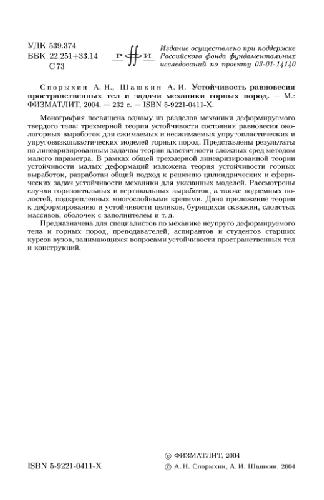
Reviews
There are no reviews yet.